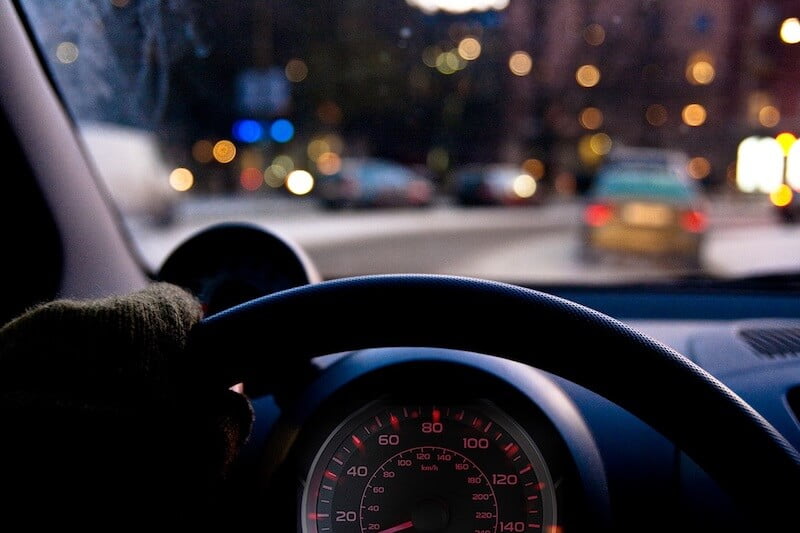Driverless cars are the future. The prospect of widespread use of driverless cars brings with it many benefits fewer traffic accidents and the economi
Driverless cars are the future. The prospect of widespread use of driverless cars brings with it many benefits fewer traffic accidents and the economic toll caused by property damage, injury, or death that results. Energy costs will also be saved as these autonomous vehicles maximize driving efficiency and reduce traffic congestion. But how close are we to achieving driverless cars and how long will it take for them to go mainstream.
However, the use of driverless cars also poses some significant challenges. For instance, what happens if a driverless car gets hacked while on the road? A car that is being operated by a robot would be at the mercy of the software that is controlling it.
We’ve recently seen transportation accidents and deaths rising in recent years. One of the reasons is the increased use of smartphones. Driver distraction and loss of concentration due to these hands-on devices are a constant threat on the roads. While we do have cars that keep track of distance, speed, and direction, we still have to steer them. In other words, we still need drivers behind the wheels.
During the World Economic Forum held in Davos, Switzerland, in January 2016, 74 percent of the participants believed that self-driving cars will be commercially available by 2025. While that may seem like a long way off, driverless cars will be a reality before you know it. With the potential for less traffic, fewer accidents, and more efficient energy use, there are many reasons to look forward to the future.
This blog looks at 3 different aspects of driverless cars and their use in the future.
The potential benefits of driverless cars.
One of the most exciting prospects of driverless cars is their potential to be used for public transportation. With these cars, cities can design new forms of urban transportation that would connect the community in a way that is more affordable and convenient than buses or subways today.
The prospect of widespread use of driverless cars brings with it many benefits: fewer traffic accidents and the economic toll caused by property damage, injury, or death that results. Energy costs will also be saved as these autonomous vehicles maximize driving efficiency and reduce traffic congestion. In addition, car-sharing services will be able to expand their capabilities to meet the needs of people who may not have a driver’s license or have difficulty getting around on their own.
The cost of car-sharing services will likely decrease because of the decreased labor costs and insurance requirements. This will lead to increased employment opportunities and a decrease in traffic congestion. Driverless cars could revolutionize the way we approach public transportation. The cost of driverless buses is expected to decrease by up to 50 percent by using these vehicles as taxis. This will allow transportation companies to expand their services to provide door-to-door service to areas that are not currently served by buses.

How driverless cars work
By the year 2025, most cars will be driverless and will operate as taxis that can be summoned from your smartphone. This will put many taxi companies out of business and it will also be bad news for the auto insurance industry. However, the biggest beneficiaries of driverless cars will be the people who have been injured or killed in car accidents. For the first time in history, there will be no more accidents.
In the United States alone, traffic accidents resulted in hundreds of thousands of deaths and injuries and billions of dollars in property damage. By using computer vision, GPS, and a variety of sensors, driverless cars will be able to react to their surroundings, others on the road, and even obstacles that would be difficult for human drivers to detect.
Risks of driverless cars
A driverless car is a car that controls itself without human input. There are many factors and risks involved with the use of driverless cars. Some of these risks include the glitches in the software and hardware that control the car, the lack of regulations on the use of driverless cars, the cost of building and maintaining the infrastructure that supports them, the potential for hacking, and the legal system around them.
But there are some concerns, too. While accidents could be eliminated, the broad use of driverless cars will also remove the current requirement for drivers to hold auto insurance. If a driverless car crashes, who would be held liable for the damages — the driver or the car manufacturer? And will these cars be equipped with several backup systems in case the primary one fails?
Conclusion:
We can see the day coming closer when the cars take the wheel, boosting traffic safety and economic efficiency. As driverless car technology progresses, the likelihood of widespread use is quickly becoming a reality.
